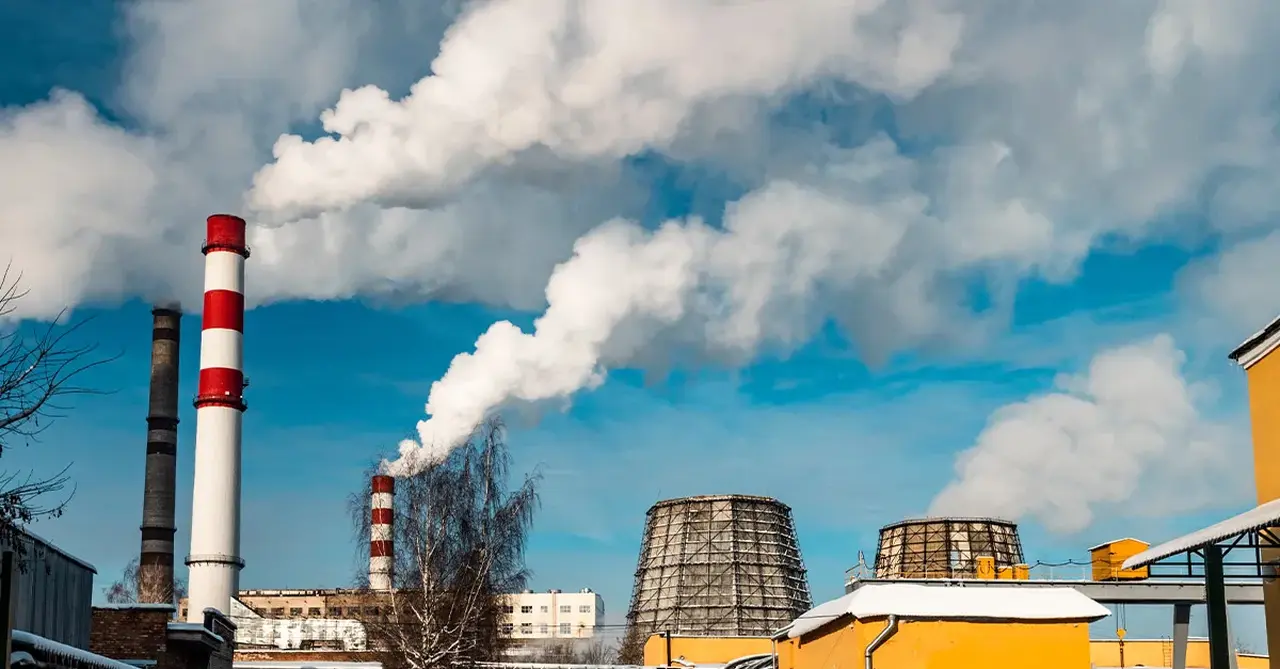You are viewing 2 of your 2 free articles
Potential for carbon removal and storage exaggerated, warn scientists
A study published in the science journal Nature has dealt a blow to hopes that carbon capture and storage would allow aviation and other hard-to-abate sectors to continue to grow in advance of the development of net-zero emission fuels.
The research by scientists at the International Institute for Applied Systems Analysis in Austria and Imperial College London suggests much less carbon from CO2 can be safely stored underground than previously estimated, making carbon capture of less use than supposed in curbing rising temperatures.
The study concluded that less than 1,500 gigatonnes (GT) of carbon could be safely stored underground, compared with previous estimates of 10,000-40,000 GT, a limit likely to be reached by 2200. A gigatonne is one billion metric tonnes.
More: Iata warns aviation ‘not making progress we hoped’ in cutting carbon [Jan 25]
Aviation expansion ‘must be justified within carbon budgets’, climate change secretary insists [Jan 25]
Environmental scientists have warned against an overreliance on carbon capture, pointing out that the technology remains largely undeveloped. Carbon capture and storage technologies currently remove just 49 million tonnes of CO₂ a year.
The researchers suggested carbon storage should be viewed as a “scarce resource”, not “an unlimited solution” and not “wasted on offsetting avoidable CO₂”.
The Intergovernmental Panel on Climate Change has suggested that limiting global warming to 1.5C above preindustrial levels as agreed at the 2015 Paris Climate Summit would require sequestering 8.7 GT of CO₂ a year.
Reporting the study, Nature noted the capacity to store CO2 safely is “much smaller than previous estimates suggest” and warned: “Earth’s capacity to store carbon could max out surprisingly soon.”
The researchers also warned that stored CO2 which dissolves in groundwater would produce carbonic acid, adding to the dangers.
To meet the goal of the 2015 Paris agreement — limiting global warming to 1.5–2 °C above pre-industrial temperatures — vast amounts of CO2 need to be removed from the atmosphere.
To estimate the capacity for ‘safe’ carbon storage, the scientists first calculated that the earth has physical storage space for 11,800 GT of CO2.
But when they estimated how much of this capacity could be safely used, because it comprises the kind of stable, sedimentary rock formations expected to provide most prospective CO2 storage sites. the potential capacity was vastly reduced.


















